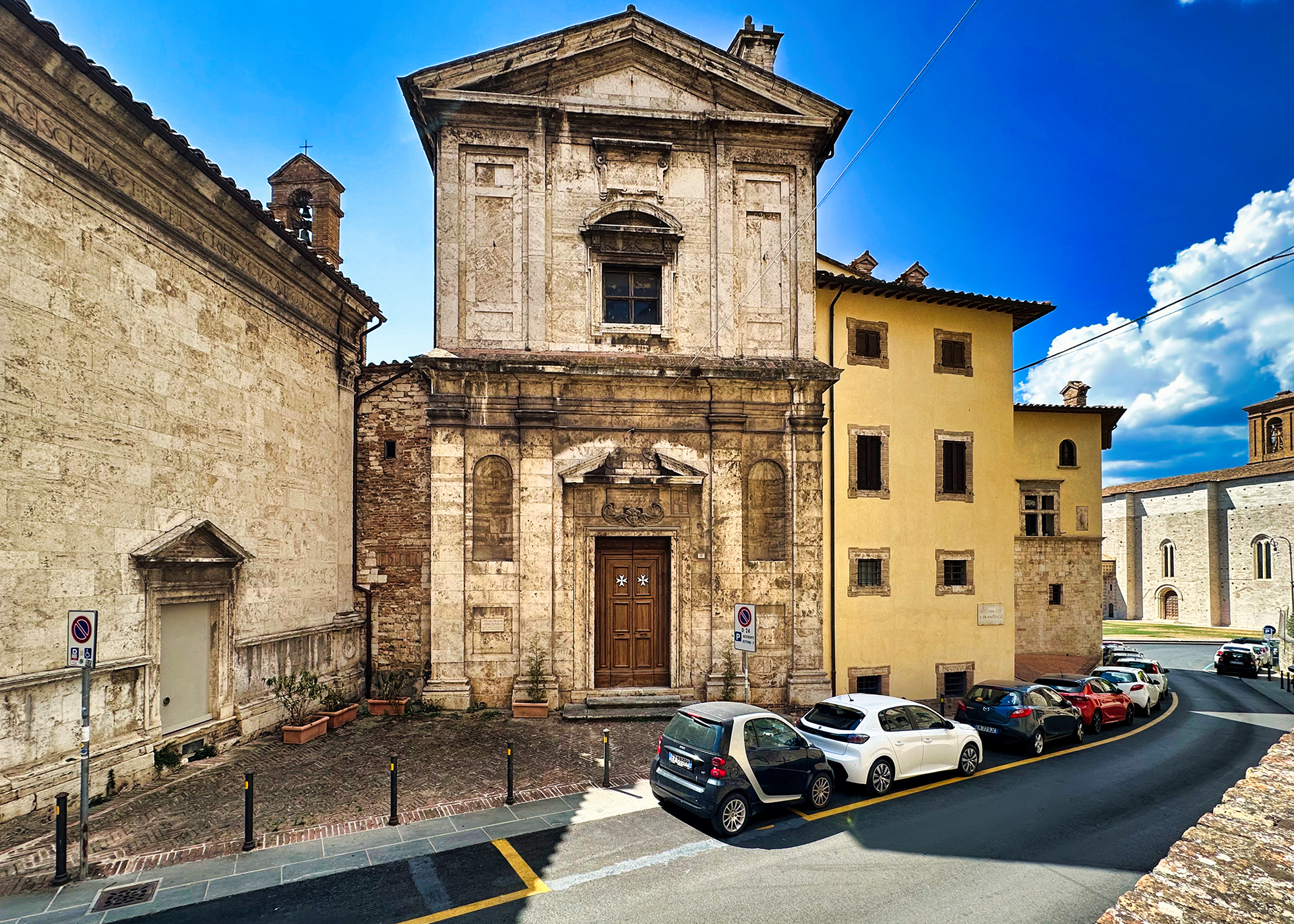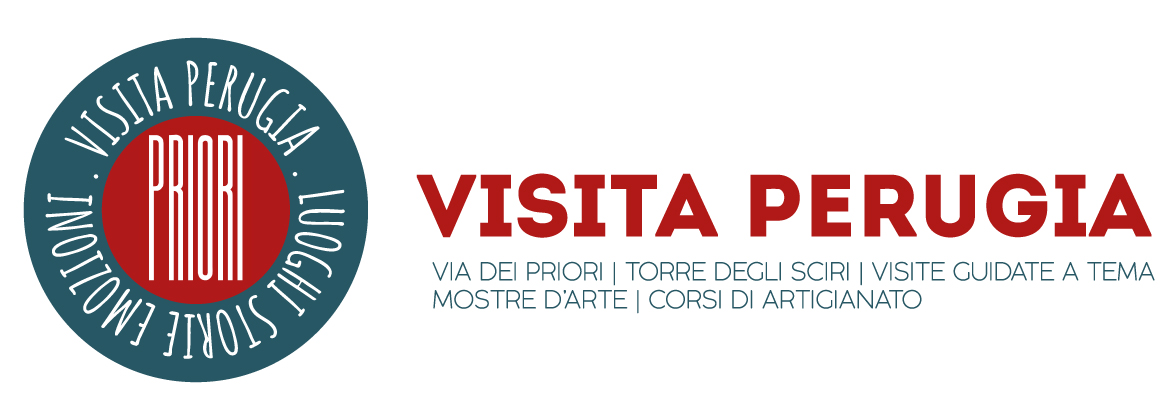

Church of “San Luca”. The Church of the Commendation of St. Luke the Evangelist in Perugia is one of the best preserved symbols of the presence of the Hospitallers of St. John of the Sovereign Military Order of Malta. The church, and the complex annexed to it, are adjacent to the medieval Trasimena gate also called Arco di San Luca or Porta Senese. The building dates back to the thirteenth century and its history is initially linked to the Order of Regular Canons of the Holy Sepulchre documented in Perugia since 1145. After the fall of Acre, the seat in the Sansepolcrino Order was first moved to Cyprus and then, starting around 1320, to Perugia. The mother house is placed right in the Church of San Luca with the adjoining commendatory building and thus becomes the seat in Europe of the Order of the Holy Sepulchre. St. Luke and the other properties of the Order of the Holy Sepulchre were then joined to those of the Order of St. John of Jerusalem in 1489 following the bull ‘Cum solerti meditatione’ which partially suppressed the Order of the Holy Sepulchre by decreeing the transfer of goods to the Giovanniti. This passage is neither immediate nor peaceful; on the contrary, contrasts arise between the two orders, so much so that in 1491 he was appointed prior Baptist de Marinis of Genoa with the task of mediating and dampening tensions. The documents show that the Canons of the Holy Sepulchre, at the beginning of the 16th century, still inhabited the San Luca complex.

The primitive church had a different layout from the current one; architectural needs linked to the new urban structure of the city determined the displacement of the facade towards the main street, today Via dei Priori and the construction of another building above the old one. The new church is completed under the Grand Master Fra’ Ugo de Verdala and the Commander of San Luca, the Verona nobleman Giulio Bravi. On the name of the architect, there are two hypotheses of attribution, one related to Giulio Danti and the other to Bino Sozi both from Perugia. The interior of the building has a single nave, and features on the sides the flags of the eight languages of the Hospitaller Order of St. John of Jerusalem of Rhodes and Malta. In this way the Perugian historian Serafino Siepi in 1822 describes the church: “The interior walls year three main compartments divided into 16 pillars and Doric cornices. Above the pillars are placed the bands that divide the barrel face between which are the lunettes decorated with cornice”. The central altar is surmounted by a painting by the Perugian painter Giovanni Antonio Scaramuccia dated 1632 that depicts the Virgin Mary with the Child in glory between Saints John the Baptist and Luke intent on painting with his palette. The work is commissioned by the Commander fra’ Ruggero Ranieri of Perugia whose coat of arms, leaning against the octagonal cross, appears in the lower part of the canvas. In about 1780, the Commander Fra Giovanni Battista Altieri had two lateral stucco altars erected with pillars and a corinthian parabolic frontispiece. In them he puts a crucifix placed respectively on the left and on the right St. Louis Gonzaga in glory. The crucifix is currently in the chapel of the castle of the Knights of Malta in Magione; in its place, there is a canvas depicting St. John of the Cross to whom the Savior appears. Altieri also endowed the church with elegant wooden furnishings marked by his coat of arms. Immediately after the entrance there are two doors, the one on the right introduces into the chapel where an image of the Madonna delle Grazie is frescoed, repeatedly restored and extensively modified by Altieri. The fresco is attributed to a local artist of the first half of the fifteenth century. The other door, on the left, leads to the sacristy that was once part of the primitive structure of the church. The Church of San Luca was restored in 1973 and reopened for worship under the Grand Master Fra’ Angelo de Mojana. Today it is in use by the Order of Malta‘s Umbrian delegation that celebrates the conventual Masses and its own moments of prayer.

